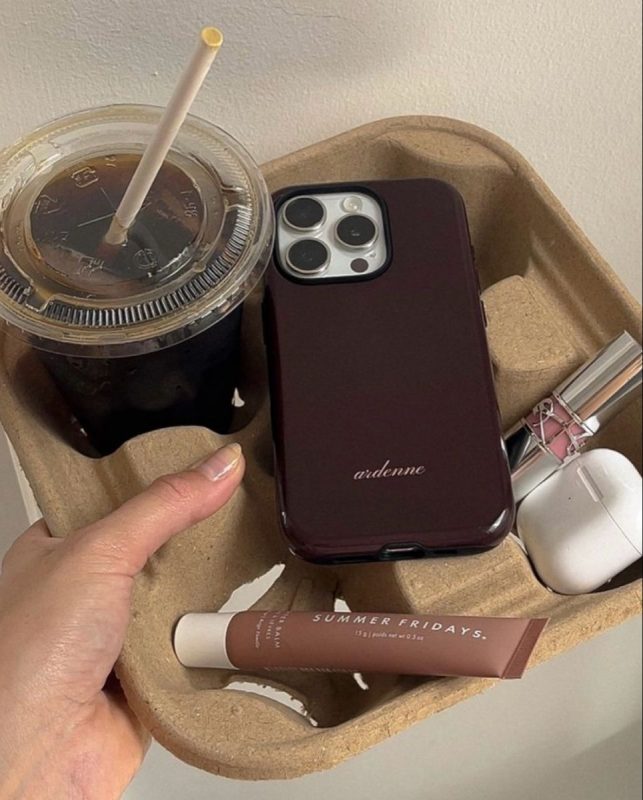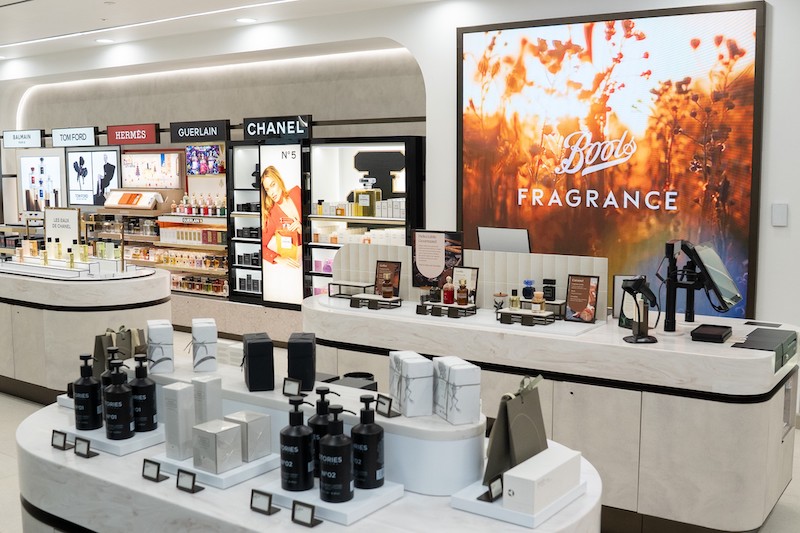News

Key Takeaways at a Glance
- After years of shortform social media content marketing dominance, audiences are showing fatigue and turning toward richer, more intentional storytelling.
- Social media platforms are responding, from TikTok’s push into 10-minute uploads to YouTube’s continued investment in creator-led series.
- Longform social content allows brands to build credibility and connection with stories that carry emotional weight and sustain audience attention.
- The next phase of social media and content strategy belongs to brands that can balance both: the immediacy of shortform with the authority of longform.
What’s Driving Shortform Social Fatigue and the Shift Toward Depth?
Social platforms as ever continue to evolve: Instagram fixed its Story reach bug, YouTube ramped up its “Made on YouTube 2025” tools and TikTok signalled a push towards longer clips. Research confirms that audiences are experiencing social media fatigue – one study found that branded content overload, irrelevance and intrusiveness raise user fatigue, pushing audiences into lurker mode.
We’re moving beyond the ‘snackable’ era of 15-second clips and into the age of binge-worthy storytelling, where audiences want time well spent, not just time filled (think a YouTube drop that feels as rich as a mini-doc). Where audiences once craved constant novelty, they now crave meaningful time spent with a story.
How Does Longform Content Build Brand Authority and Emotional Connection?
Longform gives brands room to build trust. It allows for context, emotion, and a sense of authenticity that shortform rarely achieves.
A well-produced seven or ten-minute film can do what twenty quick clips cannot. It can take viewers behind the scenes, develop a narrative, and create moments of emotional payoff. This kind of storytelling rewards attention rather than interrupting it.
The results speak for themselves. Longer watch times and deeper engagement signal to both audiences and algorithms that the content has value. Comment sections become conversations, not reactions.
InStyle Magazine’s TikTok series The Intern shows this shift in action. It plays like a mini streaming show yet lives entirely within the TikTok environment. Each episode feels considered and character-led, proof that longform can thrive within social platforms when storytelling is strong.
For creative teams, this means thinking beyond clips. Longform requires planning, structure, and creative conviction. It invites audiences to stay, not just swipe.
How Can Brands Repurpose Longform Content Without Losing Depth?
Creating longform does not mean sacrificing flexibility. The most effective brands use longform as their core narrative and shortform as its entry point.
Plan with both in mind. During shoots, capture moments that can be cut down into 30 to 60-second edits. Each one should intrigue viewers enough to explore the full story.
Adapt tone and pacing by platform. A 10-minute YouTube film might linger on details and dialogue, while a shorter TikTok edit may rely on sharper transitions and text overlays. Both should connect back to the same world.
Measured effectively, longform and shortform strengthen each other. Longform builds depth and authority. Shortform drives discovery and reach. Together, they create a balanced ecosystem of storytelling.
What Does the Return of Longform Mean for Creative and Social Media Teams?
Producing meaningful longform content takes more than an extended edit. It needs clear intention and genuine collaboration across creative disciplines. PR, casting, content, and production teams all shape the final story, so alignment at the earliest stage is essential. When these departments work together, brands can create narratives that earn attention rather than fight for it.
Pre-production becomes even more important. Scripts, story arcs, casting choices, and timelines benefit from deeper planning. Teams are moving away from isolated assets and toward integrated storytelling that holds an audience over time.
Skill sets are evolving too. Editors and producers are learning how to maintain narrative momentum. Strategists and social teams are finding new ways to weave longform into fast-paced calendars. The brands that embrace this shift will build stories that feel intentional, layered, and worth spending time with.
Budgets are changing as well. Longform asks for greater investment but delivers a stronger return through longer shelf life and higher engagement quality. One well-crafted story can power a campaign for months.
Measurement is also growing up. Instead of fixating on reach, brands are beginning to track retention, repeat views, and brand recall. These are the signals that show whether a story truly resonated.
“Shortform creates moments. Longform builds meaning. The brands that lead this next phase will be the ones investing in stories that earn attention, not just borrow it.” – Holly Brunskill, Co-Owner, b. the agency
Why Does Longform Storytelling Matter Now?
Digital storytelling is shifting once again. The chase for virality is giving way to something more lasting: credibility, connection, and creative substance.
Audiences have not stopped watching; they have simply become more intentional. In 2024, 44% of 16- to 24-year-olds in the UK and the US said they planned to engage more with longform content in the year ahead. That appetite reflects a wider cultural reset — one where time and attention are being spent more carefully.
In a landscape defined by speed, longform has become a marker of quality. The brands that take the time to craft richer stories will not only be noticed, they’ll be remembered.
Ready to build stories that last longer than the scroll?
Talk to BEING. about creating social-first content that connects, converts, and keeps audiences watching: hello@thisisbeing.co




